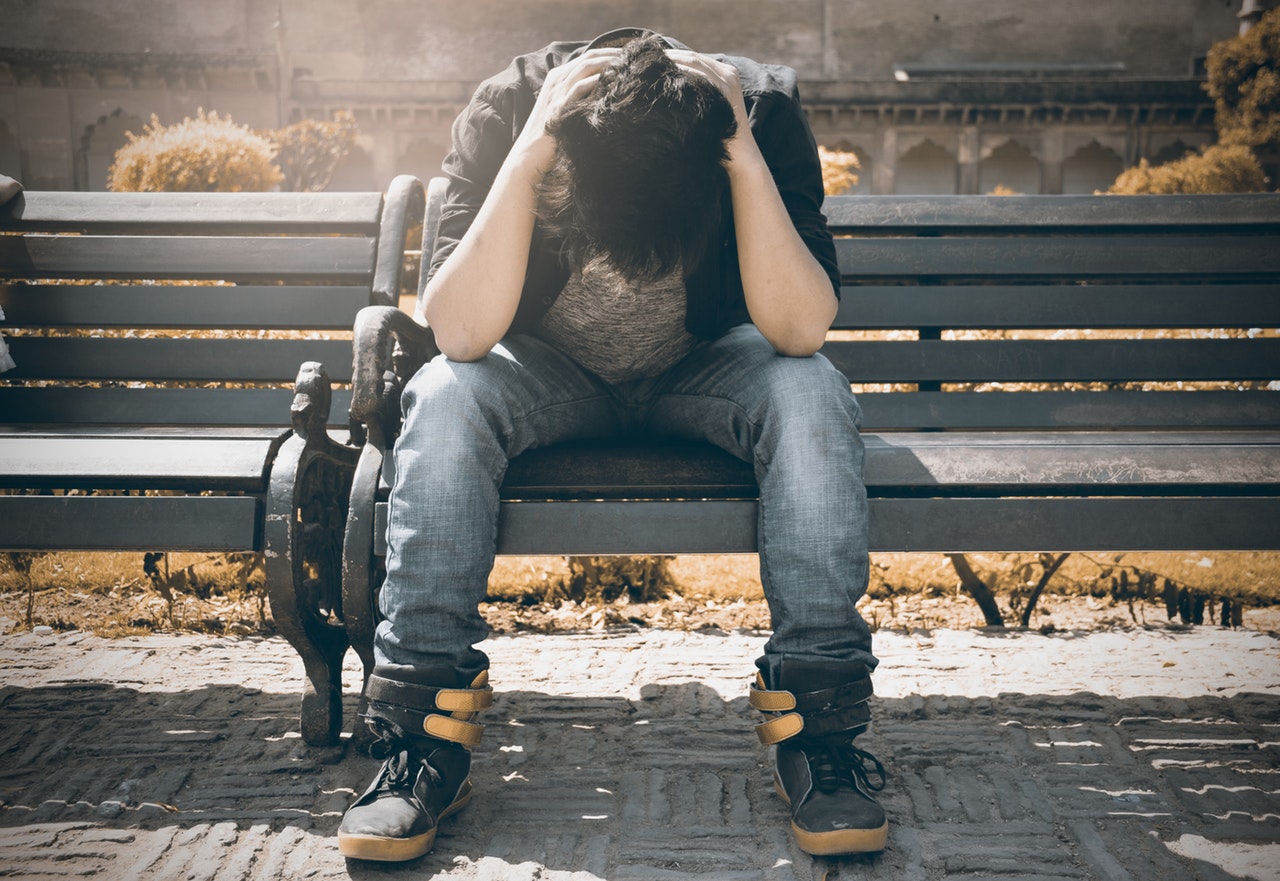Could This Be Childhood Anxiety?
Photo by Inzmam Khan from Pexels
Have you ever been taken your child to the playground only for her to cling to your leg and refuse to play? Or your normally happy go lucky kid starts having epic meltdowns every morning when it’s time to get ready for school? It can be alarming when your child is upset for what may seem like no reason. You want to know what’s going on. You want to help her.
What is Childhood Anxiety
The body’s alarm system is in a part of the brain called the amygdala. The amygdala’s job is to scan the environment and get the body ready if it spots any danger. For most children this system works just right and only sounds off for real danger. For an anxious kid, this alarm system is set on high alert all the time and sends out false alarms that can push a child into full fight, flight, or freeze mode even if there is no actual danger around. This alarm can go off just once in a while or more often or even several times a day.
Why Does My Child Have Anxiety
Having a child who is always on high alert can be scary or even frustrating. You might feel like you are tip toeing around, trying not to set him off or banging your head against a wall trying to figure out how to help her. You might be wondering “why is this happening?” or “what did I do wrong?”.
Your child’s anxiety could be due to a mix of factors. Genetics, brain chemistry, environment, and learning can all contribute to a child’s overactive amygdala. Things like exposure to excess cortisol during a high stress pregnancy (my situation), adverse childhood experiences, sensory processing issues, medication side effects, or not yet having effective coping skills, can all contribute to high alert amygdalas and childhood anxiety.
How To Recognize Anxiety in Children
We all know what a scared or worried kid looks like. Here’s the kicker though- when your child’s amygdala takes over and sounds the danger alarm the brain renders jobs like using logic and planning as unnecessary and turns those functions off, letting the fight, flight, or freeze response completely take over. This can show up in both familiar and unexpected ways.
Fight responses can look like:
- Tantrums or meltdowns
- Kicking and hitting
- Screaming
- Spitting
- Throwing
- Making fists or swinging at air
Flight responses can look like:
- Fidgeting
- Restlessness
- Running off or doing anything to get away
- Eyes searching around
Freeze responses can look like:
- Shutting down
- Whining and stalling
- Zoning out, daydreaming, or going into her own world
- Heart pounding
- Breath holding
- Feeling numb or unable to move
Treating Childhood Anxiety
There are some steps you can take to help your child learn to manage her anxiety. Remember, the goal is not to eliminate anxiety or avoid situations that may make your child feel anxious, but to help your child manage the anxiety as it arises.
- Start with managing your own emotions and staying calm
- Validate your child’s feelings- notice how she is feeling and empathize with her.
- Help her identify the feeling. You could say things like “you feel scared that Jimmy won’t play with you”.
- Reassure her that the feelings are normal and that she can get through them. “Its normal to feel scared about this”.
- Help her learn some skills to get her through, such as breathing techniques or resetting by engaging her logical brain through strategies like spotting 5 blue objects
Experiencing anxiety does not necessarily mean that your child will not be able to function, but it may mean that she struggles in some areas. If you are wondering if what your child is going through is natural or if its something more, please seek the advice of a professional.

Photo by mohamed Abdelgaffar from Pexels


0 Comments